The range of moth species and the total number in and around the trap is picking up. Best night so far this year – 36 specimens of 21 species. There were a couple of species new for the year and at least one new to me.
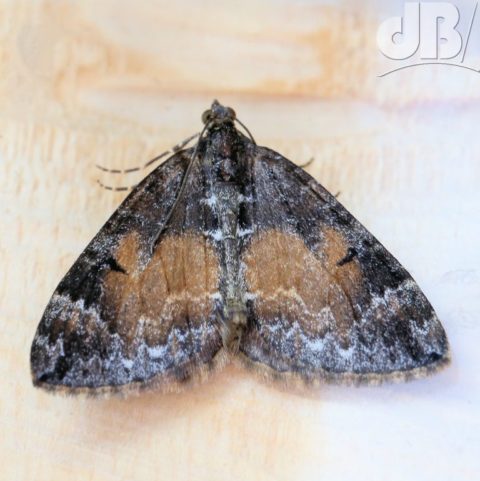
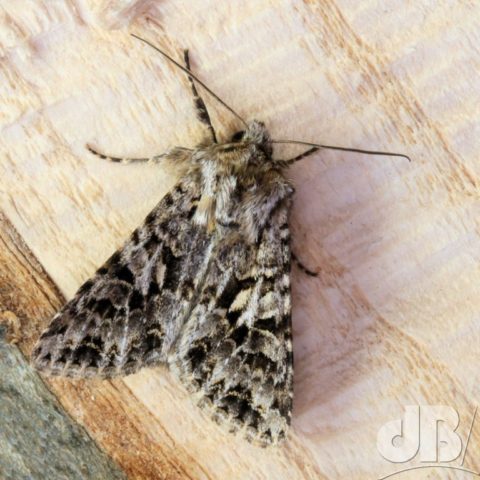
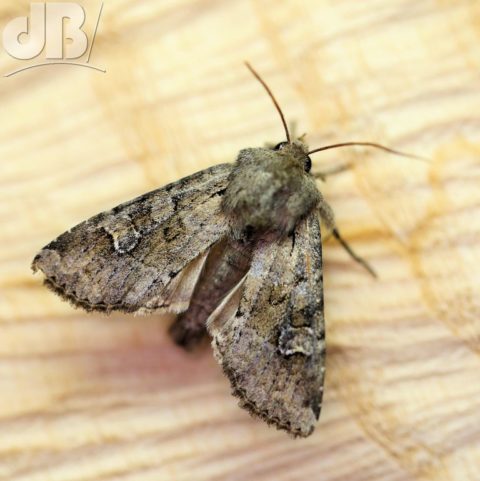
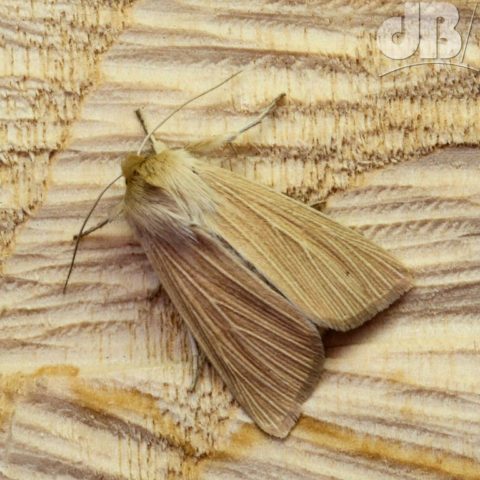
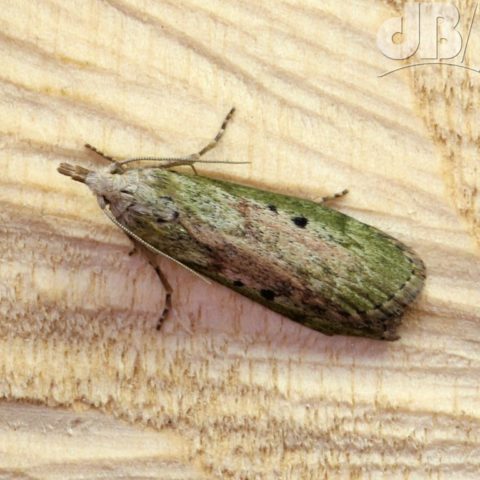
The Shears (new to me, checking), Rustic Shoulder Knot, checking, Common Wainscot (NFY), Bee moth, Common marbled carpet (NFY), Garden carpet, SSD (4x), Common Pug, LBAM (3x), Brimstone, Muslin, Heart & Dart (2x), Turnip (4x), Twenty plume, Broad-bordered Yellow Underwing, Vine’s Rustic (5x), Common swift.
There were also three tiny, micro moths in the night two I have no photos and no clue, but one of them was very small and was perhaps this species: Apotomis betuletana, checking.
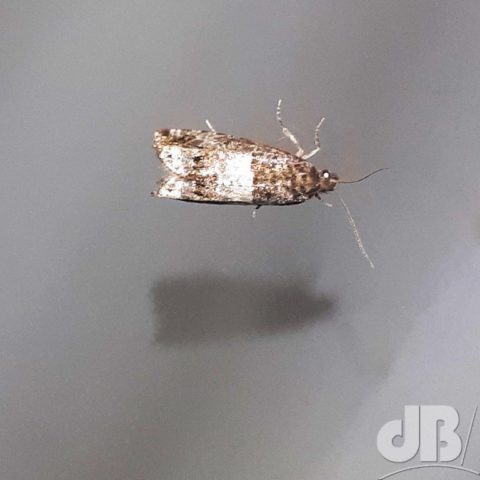
My Mothematics Gallery on Imaging Storm will have the latest lep stars with some details and their scientific names.